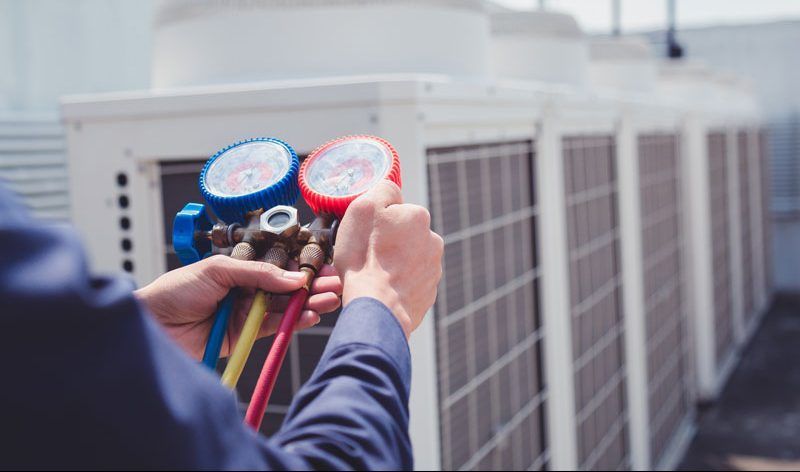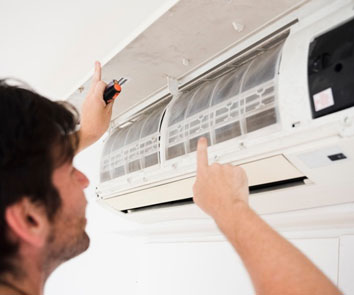
HVAC
HVAC (Heating, Ventilation, and Air Conditioning) installation is a crucial aspect of creating a comfortable and healthy indoor environment. It involves the installation of heating and cooling equipment, ductwork, ventilation systems, and controls.
The first step in HVAC installation is determining the heating and cooling needs of the space. This is done by calculating the load requirements based on factors such as the size of the area, the number of occupants, insulation levels, and climate conditions.
Once the load requirements are determined, the appropriate HVAC equipment is selected. This may include furnaces, air conditioners, heat pumps, boilers, or rooftop units. The equipment is then installed following the manufacturer’s instructions and local building codes.
In addition to the equipment, ductwork is installed to distribute the conditioned air throughout the space. Properly designed and installed ductwork ensures efficient airflow and even temperature distribution.
Ventilation is another important aspect of HVAC installation. It involves providing fresh air to the indoor space and removing stale air. This is achieved through the installation of ventilation fans, air exchangers, and ductwork.
Lastly, controls and thermostats are installed to regulate the HVAC system’s operation. These devices allow users to set temperature preferences, schedule operation times, and control humidity levels.
It’s worth mentioning that HVAC installation is a complex process that should be carried out by experienced professionals. Proper installation is crucial for the system’s performance, energy efficiency, and longevity.
Air Conditioning
Air conditioning installation is an essential process for creating a comfortable and cool indoor environment. Here are the key steps involved in air conditioning installation:

- Assessing Cooling Needs: The first step is to assess the cooling requirements of the space. Factors such as the size of the area, insulation levels, number of occupants, and climate conditions are taken into account to determine the appropriate cooling capacity.
- Selecting the Right Equipment: Once the cooling requirements are determined, suitable air conditioning equipment is selected. This may include central air conditioning systems, split systems, or window units, depending on the specific needs and constraints of the space.
- Preparing the Installation Area: Before installing the air conditioning unit, the installation area needs to be adequately prepared. This involves clearing the space, ensuring proper ventilation, and ensuring any necessary electrical connections are in place.
- Installing the Air Conditioning Unit: The air conditioning unit is then installed following the manufacturer’s instructions and local building codes. This typically involves mounting the unit, connecting the refrigerant lines, electrical wiring, and drainage.
- Ductwork and Ventilation: If needed, ductwork may be installed to distribute the cold air throughout the space. Properly designed and installed ductwork ensures efficient airflow and even cooling. Ventilation considerations may also be addressed during this stage, such as providing fresh air intake and exhaust.
- Controls and Thermostats: Finally, controls and thermostats are installed to regulate the operation of the air conditioning system. These devices allow users to set temperature preferences, control fan speeds, and schedule operation times.
It’s important to note that air conditioning installation is a complex task that should be carried out by qualified professionals. Proper installation ensures optimal performance, energy efficiency, and the longevity of the air conditioning system.